Last week, DJI has announced its new high-end camera: The DJI Ronin 4D 6K/8K. Well, it’s not exactly a whole new camera, but an (almost) perfect hybridization of camera and gimbal, by utilizing DJI’s existing technologies. However, filmmakers were overwhelmed with the new toy. Reviewers (=beta testers) praised it but did not totally embrace it. DJI wanted to invent the perfect tool for sole operators. Was this mission accomplished?
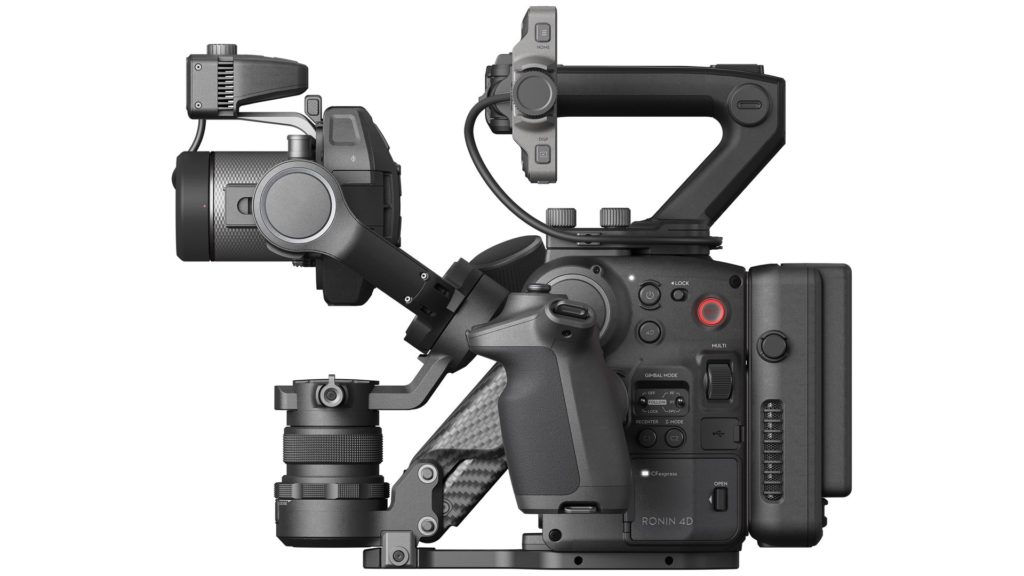
The DJI Ronin 4D has been purely born for Run N’ Gun shooting style.
All-in-one: Camera with a gimbal – or gimbal with camera
Many are defining the DJI Ronin 4D Cinema Camera as a whole new filmmaking animal. Well, it is, but it combines many existing technologies that DJI stitched together. For instance, the camera is not new. The Ronin 4D is equipped with Zenmuse X9, DJI’s flagship full-frame camera. Also, the processor is now new since the Ronin 4D utilizes the CineCore 3.0 to allow internal recording of Apple ProRes RAW, ProRes 422 HQ, and H.264 video. Regarding the gimbal, the tech is there, since DJI is the world’s champion on stabilizing systems. So basically, DJI took its chips, cameras, and stabilizers combined them all together, and developed the DJI Ronin 4D. Yes, there’s a Z-axis too, which has an important role in stabilizing the shot vertically, But generally speaking, this is a hybridization rather than innovation. Nevertheless, it can be defined as a disruption.
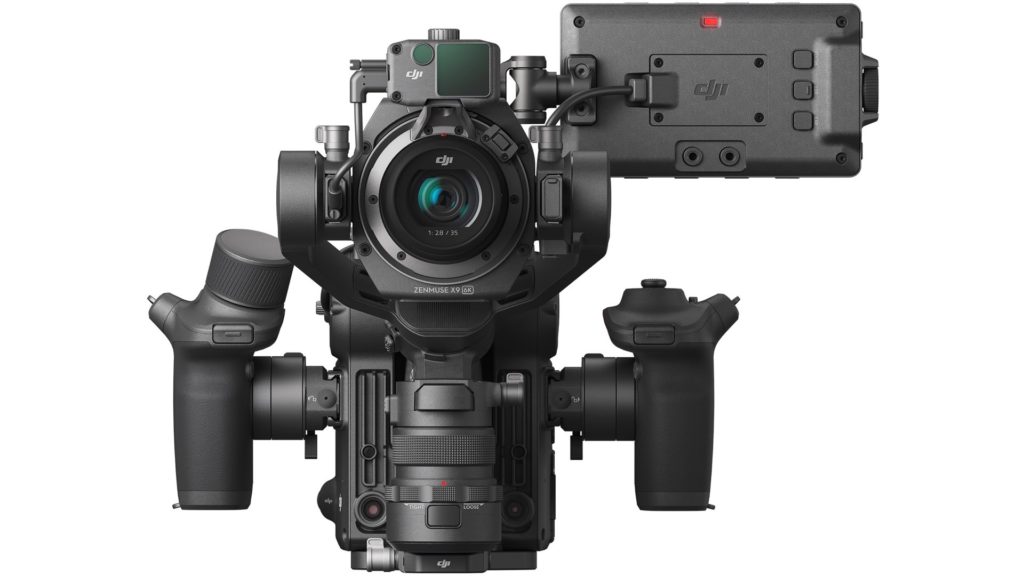
Many are defining the DJI Ronin 4D Cinema Camera as a whole new filmmaking animal. Well, it is, but it combines many existing technologies that DJI stitched together.
DJI=disruption
DJI is a company that disrupts. There’s no doubt about that. We’re witnessing how DJI changes the market with its gimbals, FPV drones, and now with cinema cameras. The Ronin gimbals are game-changers, the DJI FPV is a game-changer, and so is the Ronin 4D, which is probably the weirdest camera anyone has ever seen.
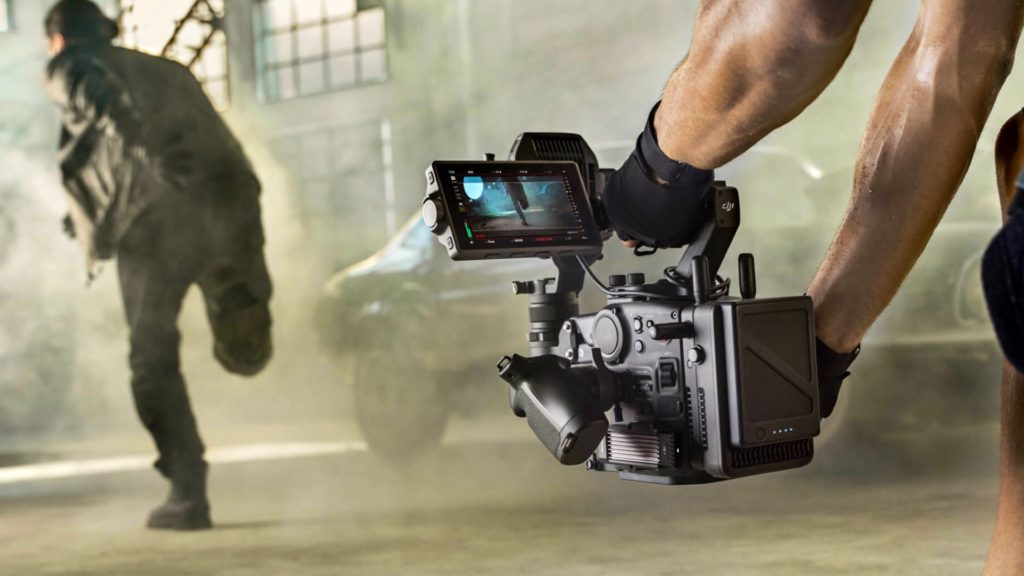
The DJI Ronin 4D is not pure innovation, but a sophisticated combination. This cinema camera is not a cinema camera per definition because it lacks essential factors that are crucial to cinema production.
DJI Ronin 4D Cinema Camera
The DJI Ronin 4D has been purely born for Run N’ Gun shooting style. The Ronin 4D has two versions: a 6K Combo ($7,200) and an 8K Combo ($11,500). Both combos include X9 gimbal cameras with different specifications. The 6K Combo features an X9-6K Gimbal Camera that supports video recording at resolutions up to 6K and the 8K Combo features an X9-8K Gimbal Camera supporting video recording at resolutions up to 8K. Compared to the 6K Combo, the 8K Combo has an additional PROSSD 1TB, USB-C to USB-C Cable, PROSSD Mount, and other accessories. The effective pixel number of Zenmuse X9-8K is 35.4 MP and X9-6K offers 24.1 MP. Regarding materials, the main body of DJI Ronin 4D is crafted with aluminum-magnesium alloy and the Z-Axis arm with carbon fiber. The camera weights like a small dumbbell (4.7Kg).
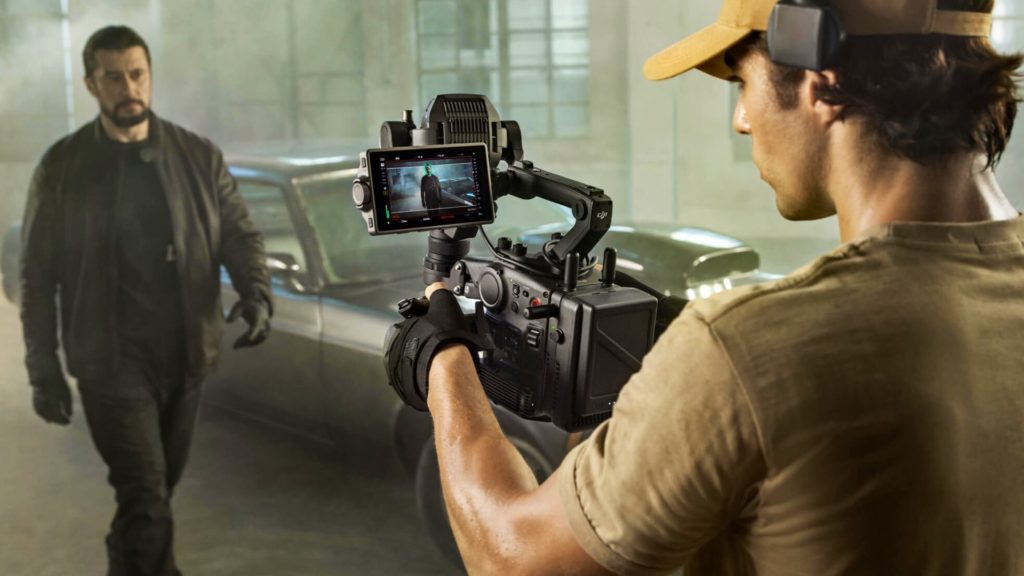
The camera of the Ronin 4D (Zenmuse X9) is the only camera that shoots ProRes RAW internally without the help of an Atomos recorder.
Shoots ProRes RAW ‘internally’
The camera of the Ronin 4D (Zenmuse X9) is the only camera that shoots ProRes RAW internally without the help of an Atomos recorder. In fact, it’s not quite internally, but the recording is done via CineCore 3.0 to bypass the patent’s limitations. The camera is capable of capturing 6K raw at rates up to 60 fps in full-frame 2.39:1 (for the 6K version), and 8K full-frame raw at rates up to 75 fps in full-frame 2.39:1 (for the 8K version). Obviously, there’re high FPS options in lower resolution, but it’s not the main dish here.
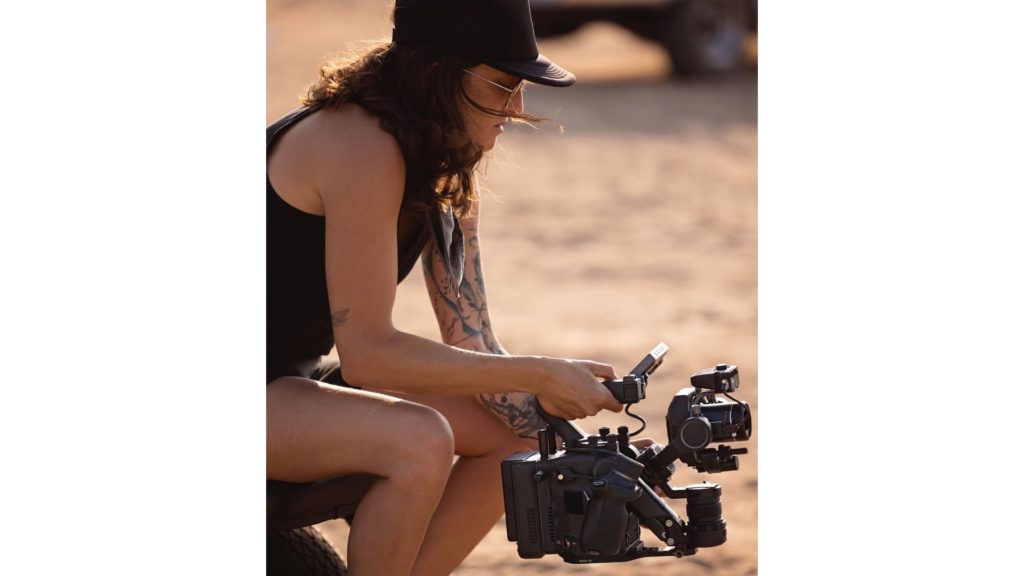
Regarding materials, the main body of DJI Ronin 4D is crafted with aluminum-magnesium alloy and the Z-Axis arm with carbon fiber. The camera weights like a small dumbbell (4.7Kg).
Z-axis stabilization
The “4D” designation refers to the Z-axis (vertical) stabilization built into the X9-8K/6K camera and the three-axis gimbal stabilization. That allows a more stable image, especially when moving fast. Thus, if you’re shooting that hero-shots style Michael Bay, this 4D stabilization apparatus can help you achieve silky smooth camera kinetics. As you understood, the gimbal is built into the camera (or the camera into the gimbal?) so the apparatus is compact, with a decent form factor, which is ideal for sole operators.
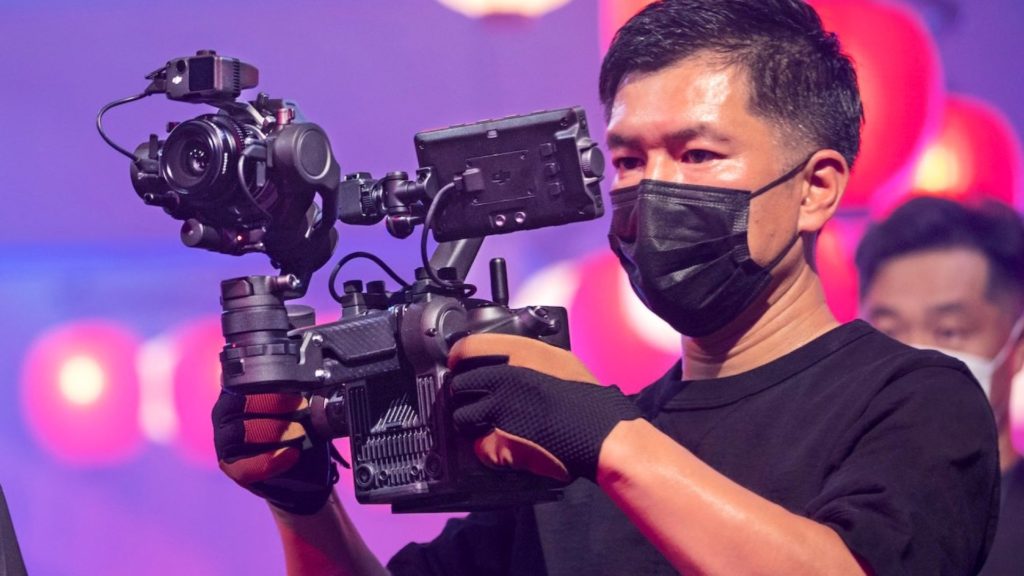
The problem is that the price tag of the Ronin 4D is not low (average price of $9,000) which is kind of expensive and not so affordable for the same specific market this product targets.
Main market: One-man-band filmmakers
The Ronin 4D includes many goodies that were designed for sole shooters. For instance, the LiDAR Focus Control, focus pulling mechanism, built-in touch screen with improved GUI, and more. DJI wants to amplify the power of the independent content creators, so he/she can make movies with minimal hustle, and still present professional and impressive results. However, the problem is that the price tag of the Ronin 4D is not low (average price of $9,000) which is kind of expensive and not so affordable for the same specific market this product targets.
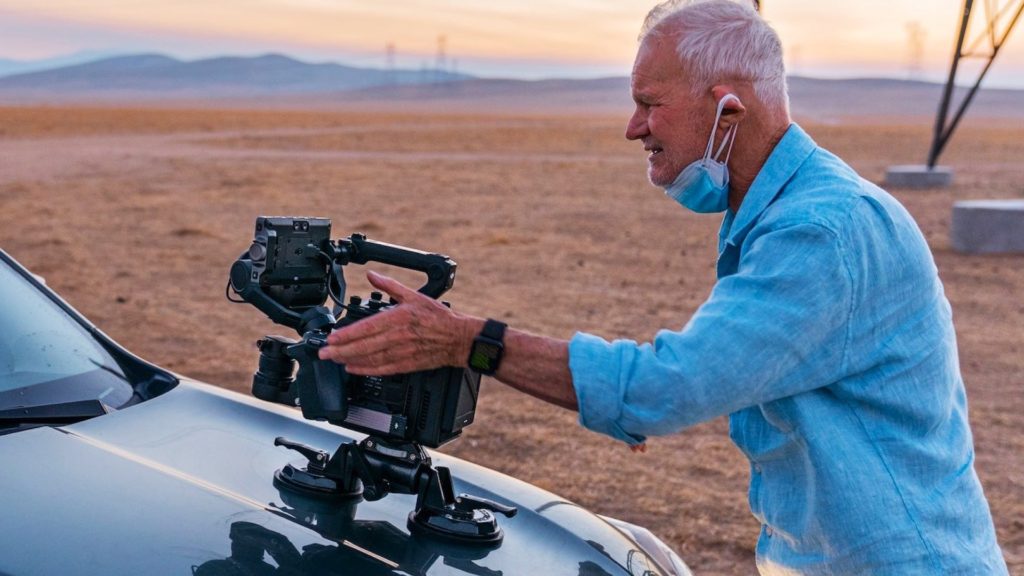
Imitating Apple’s marketing strategy
DJI implemented Apple’s strategy when launching the iPhone 13 Pro. And I mean by recruiting acclaimed cinematographers to market the product. It turned out to be a valid marketing plan. The concept is simple: Reach out to top ASC cinematographers, ask them to use the product, and quote them praising it. As stated by Erik Messerschmidt, ASC: “DJI Ronin 4D represents an entirely new way to look at a production camera. It’s an incredibly exciting piece of kit”, Claudio Miranda, ASC: “This device opens up new possibilities for filmmaking. I am excited to implement it in my future work”, Rachel Morrison, ASC: I’m excited by the idea that DJI Ronin 4D will allow independent filmmakers to make complicated and imaginative camera moves without needing a massive crew and a ton of heavy rigging”. However, none of them will actually use the Ronin 4D on their Hollywood productions, since it has limitations.

It turned out to be a valid marketing plan. The concept is simple: Reach out to top ASC cinematographers, ask them to use the product, and quote them praising it.
Main Limitations: Lenses
The Ronin 4D has significant limitations when used on high-end productions. For instance, cinema lenses can’t be paired on the Ronin 4D, nor zoom lenses, due to their weight. As the camera is built-in inside a gimbal, balancing issues can occur. According to the DJI Ronin 4D Lens Compatibility List, 90% of the compatible lenses are primes. Only 6 small zoom lenses can be attached to the camera. Furthermore, the only anamorphic lenses that can be attached are SIRUI35mm and SIRUI50mm 1.33X. Hence, it makes it a bit challenging to define the Ronin 4D as a cinema camera par excellence.
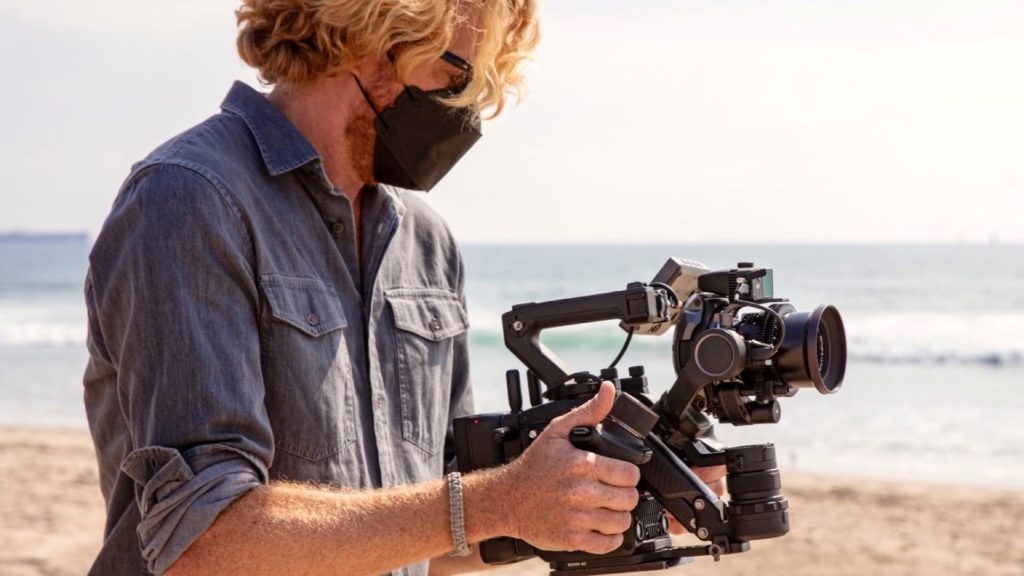
The only anamorphic lenses that can be attached are SIRUI35mm and SIRUI50mm 1.33X.
Verdict
The DJI Ronin 4D is not pure innovation, but a sophisticated combination. This cinema camera is not a cinema camera per definition because it lacks essential factors that are crucial to cinema production. The Ronin 4D is a hybridization of gimbal and camera, or should I say, a hybridization of DJI dedicated tech and expertise (Zenmuse X9 + Ronin) that are crafted in a pretty genius way. With this product, DJI targets solo shooters, who specialized in action sports cinematography. Thus, if you work alone, as a one-man band, shooting fast-moving objects, and don’t need cinema glass, you should consider using the Ronin 4D. In that situation, you can create outstanding content with it! To sum it up, we can conclude that this machine can initiate an intriguing disruption in our conservative industry. The Chinese did it again!
Product List
Here’re the products mentioned in the article, and the links to purchase them from authorized dealers.
- DJI Ronin 4D 4-Axis Cinema Camera 6K Combo Kit
- DJI Ronin 4D 4-Axis Cinema Camera 8K Combo Kit

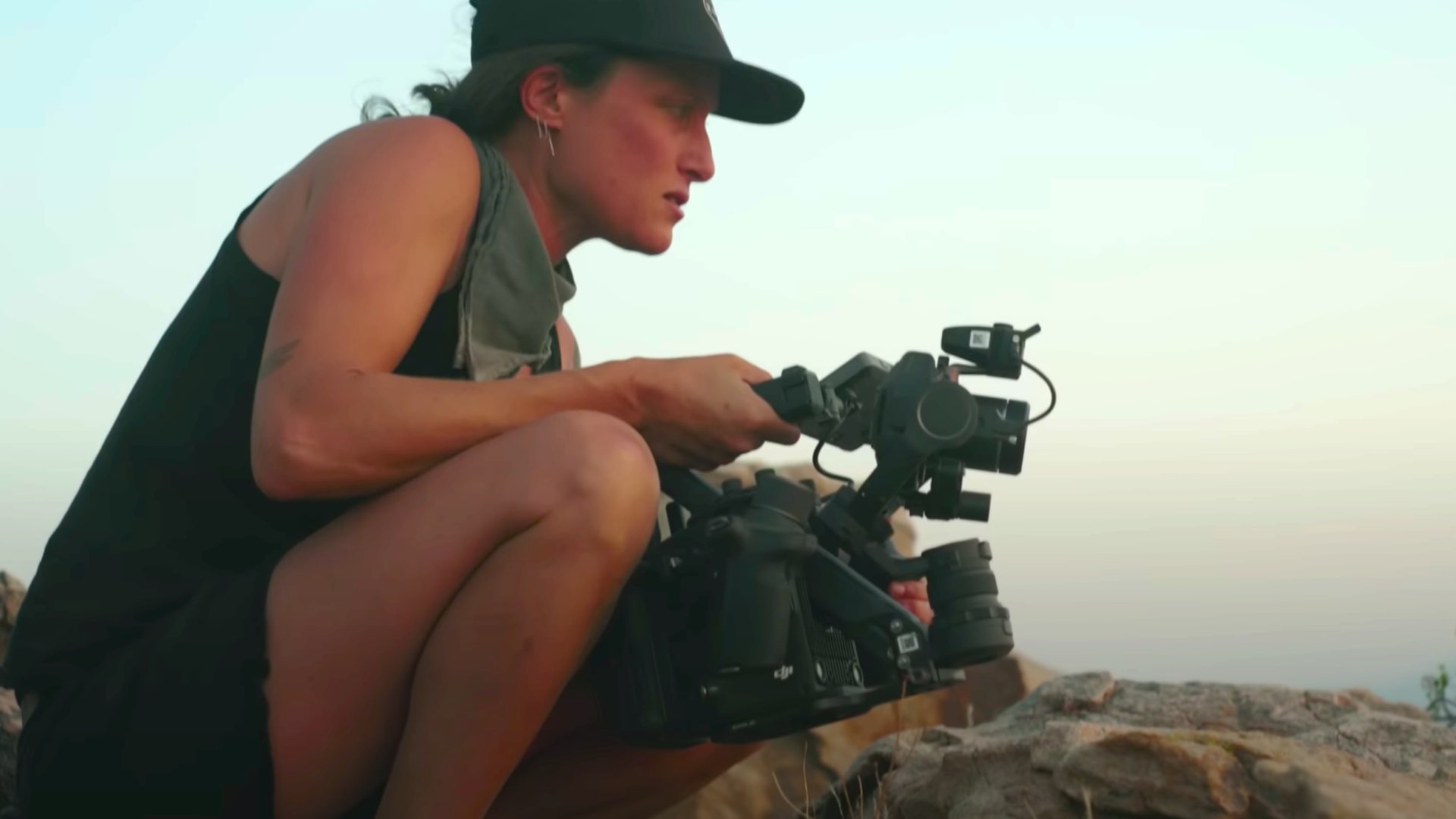
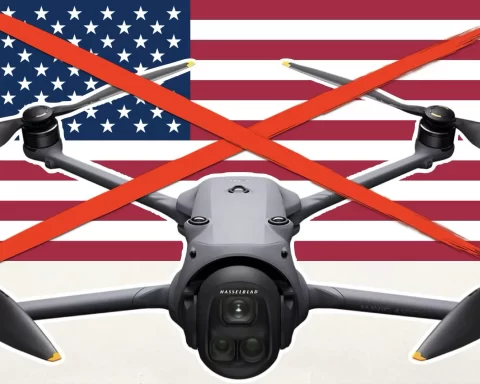
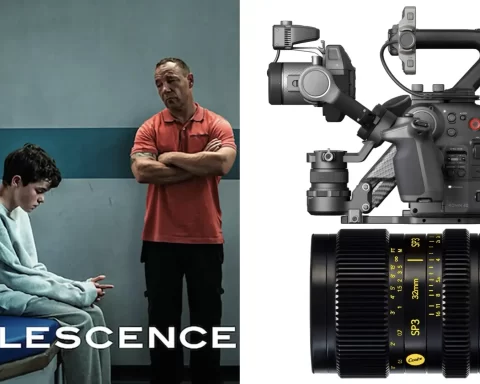

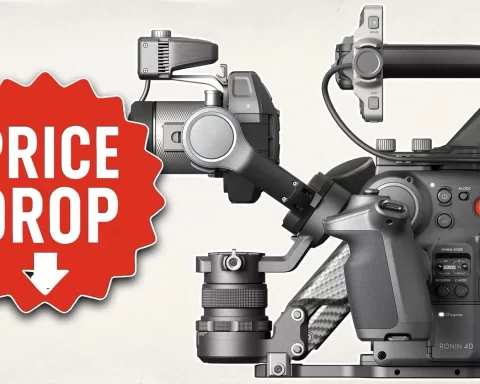
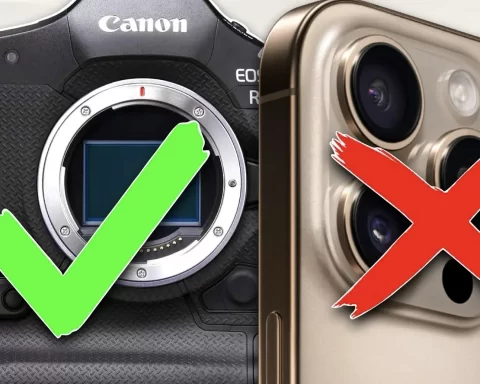


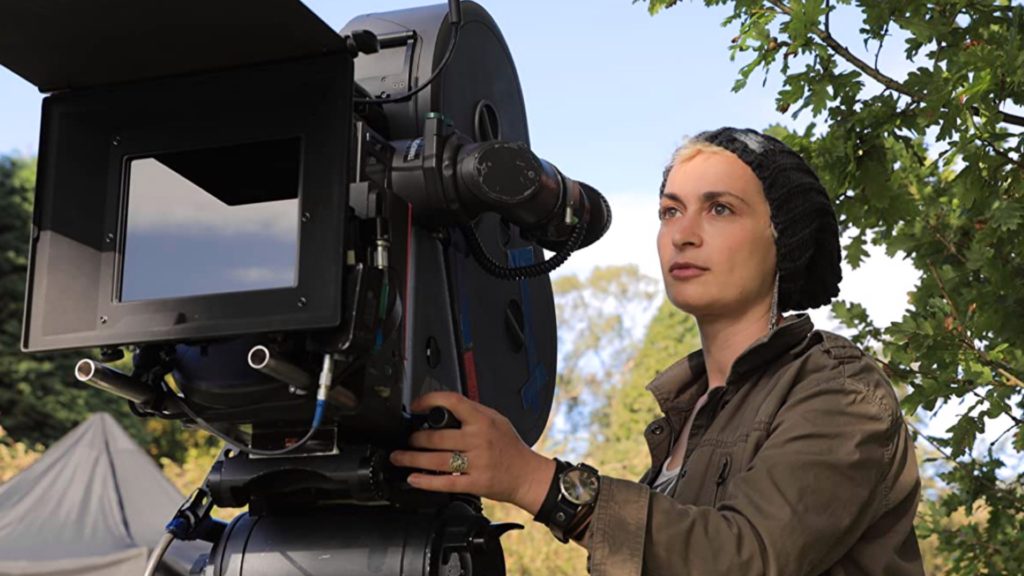
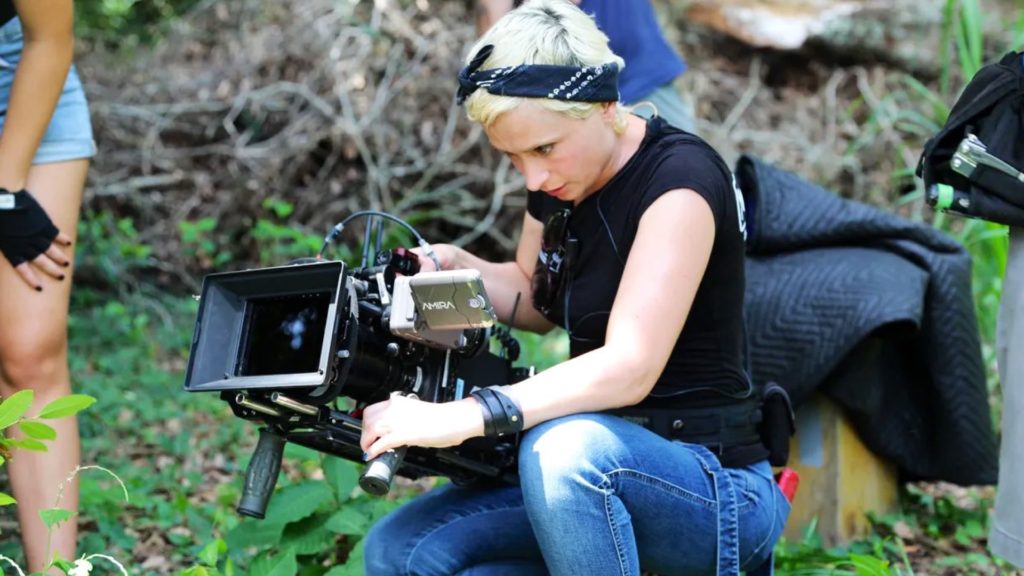







Yossy, love the article, great and in-depth as usual. I did not see however, what mount is native to this camera? I do not use new cine glass and avoid all zooms, I only use vintage lenses and prime lenses. It would be helpful to know what the mount is and if dummy or AF adapters can be used?
Raymond Oelrich
Producer
Handcraft Film
DocChannels
Hi Raymond,
The unit uses DX Mount, and support for other mount units: DL Mount (standard), M Mount, and E Mount.
You can find the supported list in the PDF: https://terra-1-g.djicdn.com/851d20f7b9f64838a34cd02351370894/330-%20new/DJI%20Ronin%204D%20Lens%20Compatibility%20List%20211020.pdf
Thx,
Yossy